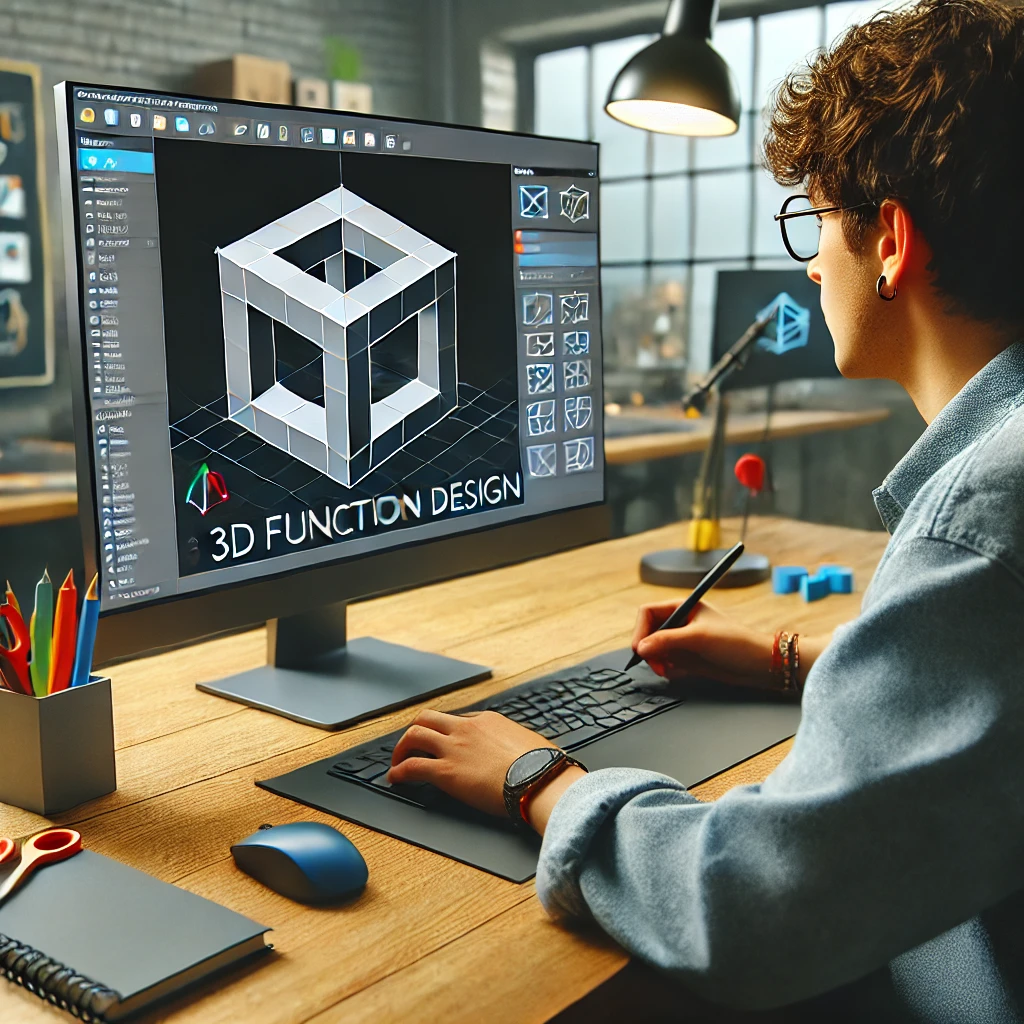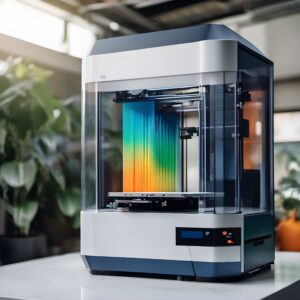“Mastering 3D Function Design: A Beginner’s Guide to Getting Started”

3D function design is rapidly becoming a crucial skill in various industries, from architecture to gaming. Whether you’re looking to bring your creative visions to life or want to improve your professional portfolio, understanding the basics of 3D function design is essential. This guide will help beginners navigate the tools and techniques needed to start their journey in 3D design.
What is 3D Function Design?
3D function design refers to the process of creating three-dimensional models that serve specific purposes. These models can range from simple geometric shapes to complex structures, depending on the needs of the project. The primary goal is to design objects that not only look good but also function effectively in a given context, such as in a video game, a building plan, or a product prototype.
Getting Started with 3D Design Software
To begin your journey in 3D function design, you’ll need to choose the right software. Some popular options include:
- Blender: A free and open-source tool that offers a wide range of functionalities for beginners and professionals alike.
- Tinkercad: A web-based application that’s perfect for those just starting out. Its simple interface makes it easy to create basic models without overwhelming you with options.
- SketchUp: Ideal for architectural designs, SketchUp is known for its ease of use and robust feature set.
Basic Concepts in 3D Function Design
Before diving into the software, it’s important to understand a few key concepts:
- Meshes: These are the building blocks of 3D models. A mesh is a collection of vertices, edges, and faces that define the shape of an object.
- Textures: Textures give your 3D models a more realistic appearance by adding surface details like color, patterns, and bumps.
- Rendering: This is the process of converting your 3D model into a 2D image or animation. Rendering involves lighting, shading, and other effects to make your model look as realistic as possible.
Step-by-Step Guide to Creating Your First 3D Model
- Choose a Simple Object: Start with something simple, like a cube or a sphere. This will help you get used to the software’s interface and basic functions.
- Modify the Shape: Use the software’s tools to manipulate the object’s shape. You can scale, rotate, and stretch it to create something unique.
- Add Textures: Apply textures to give your model a more realistic look. Most software will have a library of textures you can choose from.
- Render Your Model: Once you’re satisfied with your design, render the model to see the final product. Experiment with different lighting and shading options to get the best result.
Tips for Beginners
- Start Small: Don’t try to create complex models right away. Focus on mastering the basics before moving on to more intricate designs.
- Use Tutorials: Many online tutorials can guide you through the process of creating specific models. These are invaluable for learning new techniques.
- Practice Regularly: Like any skill, practice is key to becoming proficient in 3D function design.
Conclusion
3D function design is a skill that can open doors to many creative and professional opportunities. By starting with the basics and gradually building your knowledge, you can create impressive 3D models that serve a variety of functions. Whether you’re designing for fun or looking to enter a specific industry, the journey begins with mastering the essentials.



